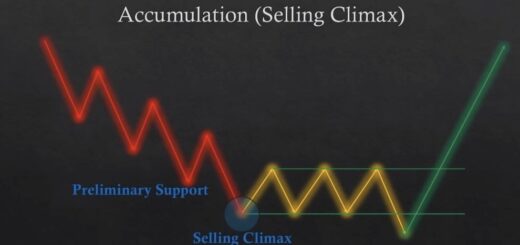Types of Stock Market Charts
by PRINCE ·
1. Types of Stock Market Charts
There are three main types of stock market charts:
(A) Line Chart
- Simplest chart, showing only the closing price over time.
- Useful for identifying trends but lacks detailed price action.
(B) Bar Chart (OHLC – Open, High, Low, Close)
- Shows four price points for each period:
- Open: Where the stock started.
- High: The highest price.
- Low: The lowest price.
- Close: Where the stock ended.
- Helps analyze volatility and trend strength.
(C) Candlestick Chart (Most Popular)
- Each candle represents price movement for a specific period.
- Green (or White): Bullish (Closing price > Opening price).
- Red (or Black): Bearish (Closing price < Opening price).
- Key Patterns:
- Doji → Indecision (Reversal possible)
- Hammer → Bullish reversal
- Shooting Star → Bearish reversal
- Engulfing Candles → Strong trend confirmation
2. Key Chart Components
When analyzing stock charts, focus on these elements:
(A) Time Frames
- Intraday (1 min, 5 min, 15 min) → Best for day trading and scalping.
- Swing Trading (1 hour, 4 hours, daily) → Medium-term trades.
- Long-Term (weekly, monthly) → For investors.
Since you’re into options trading, shorter time frames (5 min, 15 min, 1 hour) will be most useful.
(B) Price Action & Trend Lines
- Uptrend: Higher highs and higher lows.
- Downtrend: Lower highs and lower lows.
- Sideways (Consolidation): Price moves in a range.
Use support & resistance levels to predict where price may reverse or break out.
3. Technical Indicators to Use
(A) Moving Averages
- Simple Moving Average (SMA): Basic trend indicator.
- Exponential Moving Average (EMA): Faster reaction to price (better for trading).
- Golden Cross (Bullish Signal): 50 EMA crosses above 200 EMA.
- Death Cross (Bearish Signal): 50 EMA crosses below 200 EMA.
(B) Relative Strength Index (RSI)
- Measures momentum on a scale of 0 to 100.
- Above 70: Overbought (possible reversal).
- Below 30: Oversold (possible bounce).
- Between 40-60: Neutral zone.
(C) MACD (Moving Average Convergence Divergence)
- Shows momentum shifts.
- Bullish Crossover: MACD line crosses above the signal line.
- Bearish Crossover: MACD line crosses below the signal line.
(D) Bollinger Bands
- Helps measure volatility.
- Price touching upper band: Overbought.
- Price touching lower band: Oversold.
- Squeeze: Indicates a potential breakout.
(E) Volume
- High volume with price rise = Strong buying momentum.
- High volume with price drop = Strong selling pressure.
4. Chart Patterns for Trading Options
(A) Bullish Patterns
- Ascending Triangle → Breakout potential.
- Cup & Handle → Strong uptrend ahead.
- Double Bottom → Trend reversal (bullish).
(B) Bearish Patterns
- Head & Shoulders → Trend reversal (bearish).
- Descending Triangle → Breakdown expected.
- Double Top → Bearish reversal.
5. Options Trading & Chart Analysis
- Use support/resistance zones for setting entry & exit points.
- Identify trend strength using RSI & MACD before buying calls/puts.
- Look for breakouts or breakdowns before entering trades.
- Check volume confirmation to validate strong moves.


